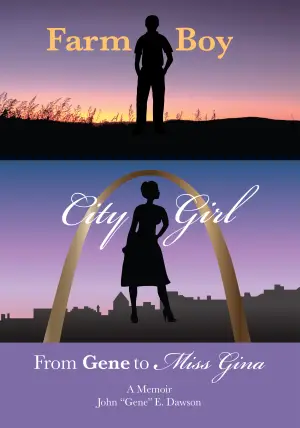Tomboy: The Surprising History and Future of Girls Who … – A Personal Reflection and Review
When I stumbled upon Tomboy: The Surprising History and Future of Girls Who … by Lisa Davis in a cozy corner of my local bookstore, it felt like a serendipitous moment. As someone who proudly wore the “tomboy” label during my childhood (and, let’s be honest, still embodies that spirit), I was eager to dive into this exploration of gender identity and expression. With my own history—navigating the worlds of sci-fi novels, video games, and computers without the frills typically associated with femininity—I knew this book would resonate on multiple levels.
Davis’s work serves as a thoughtful examination of tomboyism, navigating the nuanced terrain between gender identity and societal expectations. The book’s key argument—that being a tomboy, or exhibiting “boyish” interests and behaviors, doesn’t inherently signify gender dysphoria—struck a chord with me. This perspective is especially pertinent for those of us who enjoy defying traditional gender roles without feeling “wrong” in our bodies or identities. Reflecting on my own experience, I appreciated how Davis asserts that tomboyish interests can simply be an expression of individuality, rather than a symptom of dissatisfaction with one’s gender identity.
Throughout the book, Davis targets socially liberal parents and older readers, particularly those grappling with the evolving language around gender. While I may not be raising kids, I found myself nodding along as she contextualizes the pressing conversations of our time. Davis doesn’t shy away from complexity; she acknowledges how labels can evolve and how society’s rigid definitions of gender can be restrictive. For someone like me—comfortable in my identity as a cisgender woman but exhausted by the gendered expectations imposed on society—her insights felt like a balm.
The writing style is both conversational and scholarly, striking a balance that kept me engaged even when delving into history. Davis’s anecdotes add richness, inviting readers to reflect on their own experiences. I was particularly moved by her acknowledgment of how gender expression doesn’t always align perfectly with gender identity, a theme I find vital, especially given my own experiences in discussions about gender identity—like that instance in a graphic novel club when a male colleague’s interpretation felt dismissive of my comfortable identity.
While the book isn’t exhaustive and at times comes off as slightly disorganized, it poses important questions worth considering, such as what it means to be a girl or woman in today’s world. The insights on the societal pressure to conform to binary expectations resonate deeply, particularly for those of us who choose to embrace interests and identities that don’t fit neatly into prescribed boxes.
In conclusion, I’d recommend Tomboy to anyone curious about gender dynamics—especially individuals navigating their identities in a world that is increasingly questioning the binary. While seasoned readers of gender theory might find some of the content familiar, the book’s personal anecdotes and thought-provoking arguments offer a refreshing lens for reflection. Personally, it helped me articulate my thoughts on gender identity and expression more clearly, which is no small feat. It’s a book that encourages conversation and reflection, something we could all use a bit more of in our lives.
Discover more about Tomboy: The Surprising History and Future of Girls Who … on GoodReads >>












